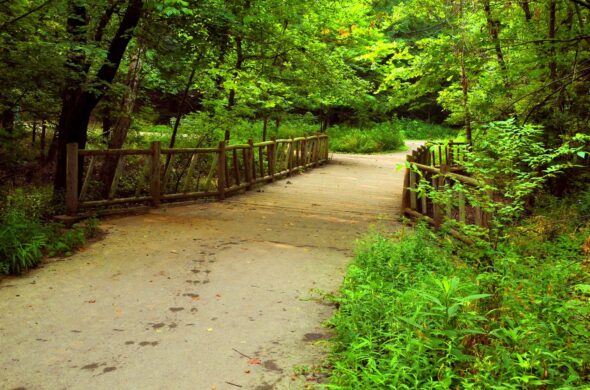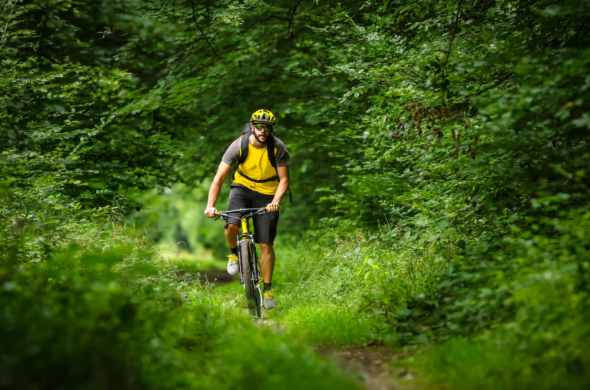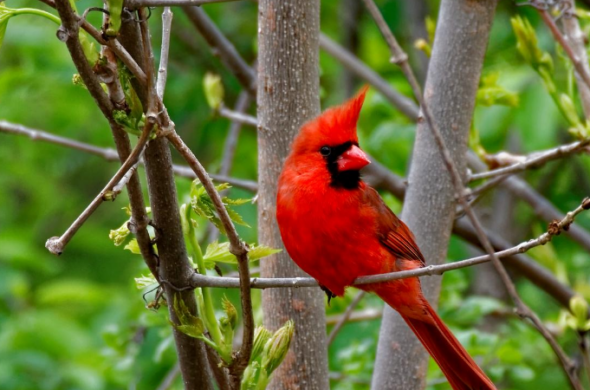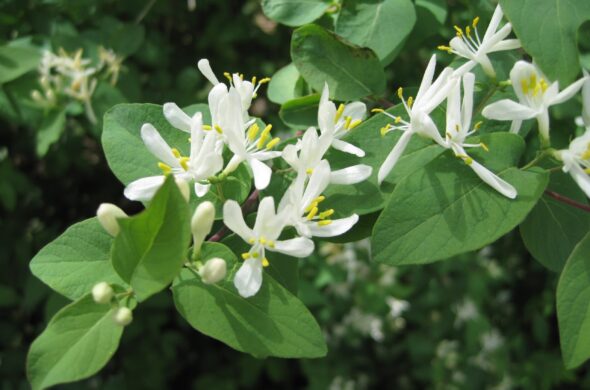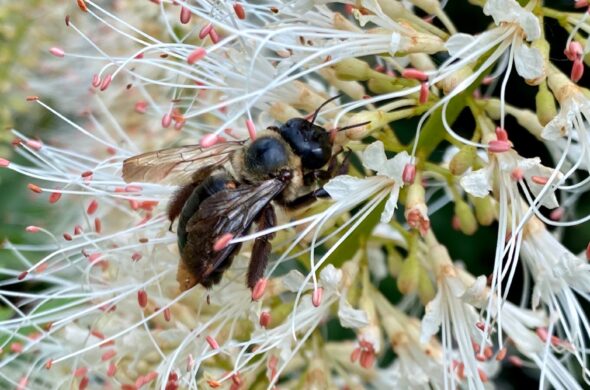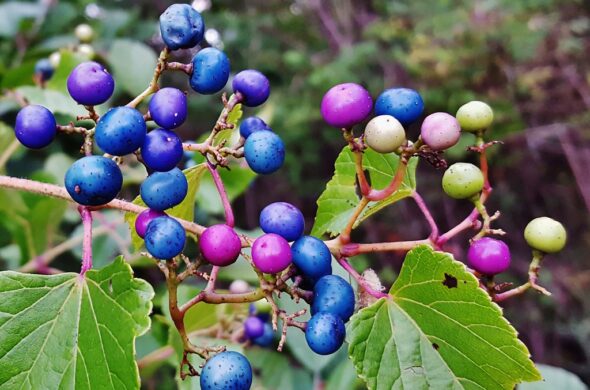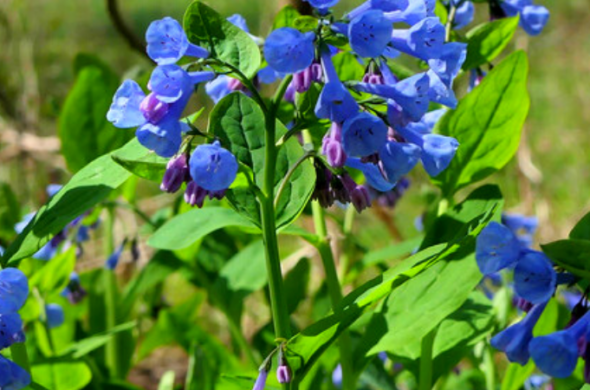Animal Habitat Scavenger Hunt
There is plenty to explore in the Olmsted Parks! A scavenger hunt is a great way to challenge yourself to engage with nature.
Locating Animal Houses
Animal homes are specific places where an animal lives such as a den, nest, or burrow. Look for signs of animal homes by listening for animal sounds such as birds singing, the rustling of animal movement, and the sounding of alarms. Observe tracks and trails found in mud, sand, or snow. Notice feeding signs such as chew marks on plants, animal remains, and droppings or scat. Look for traces of feathers, fur, antlers, shells, and skins. By learning about the habits and characteristics of animals, you will be able to locate and identify many of their homes.
CAN YOU FIND THE FOLLOWING ANIMAL HOUSES?
(5 Points possible)

Rocks
FIND A ROCK (1 POINT)
Many animals like the protection and shelter of rocks for homes. Rocks can provide shelter from the sun on hot days. It can also provide shelter from the wind and cold.Some rocks can even provide protection from larger predators.

Burrows
FIND A BURROW OR HOLE IN THE GROUND (1 POINT)
Many animals dig burrows in the ground for a home and shelter. A burrow in the ground can provide shelter from the sun on hot days. It can also provide shelter from the wind and cold. A burrow can even provide protection from larger predators.
A forest scene typically has large live trees, large dead trees (sometimes called
“snags”), and large logs. Down wood supplies rich organic material to the soil. The rotting wood provides a place with the right kinds of nutrition for mosses and fungi and for seedlings to get their start.
Fallen logs also offer shelter to creatures like salamanders and insects on the forest floor. Standing dead trees, or snags, also provide food sources and habitat for many types of organisms. Several species of woodpeckers, in particular, must have standing snags available for feeding.
Snags help protect squirrels, bats, birds, and insects from the damp and cold weather. Bats hang upside down under a snag’s peeling bark. In the summer, snags protect frogs, salamanders, slugs and birds from drought and heat. Snags are the most important home for many forest creatures.
Trees
FIND A ROTTEN LOG (1 POINT)

A forest scene typically has large live trees, large dead trees (sometimes called “snags”), and large logs. Down wood supplies rich organic material to the soil.
The rotting wood provides a place with the right kinds of nutrition for mosses and fungi and for seedlings to get their start.
Fallen logs also offer shelter to creatures like salamanders and insects on the forest floor. Standing dead trees, or snags, also provide food sources and habitat for many types of organisms. Several species of woodpeckers, in particular, must have standing snags available for feeding.
Snags help protect squirrels, bats, birds, and insects from the damp and cold weather. Bats hang upside down under a snag’s peeling bark. In the summer, snags protect frogs, salamanders, slugs and birds from drought and heat. Snags are the most important home for many forest creatures.

Nests
FIND A BIRD NEST (1 POINT)
The most common animal living in a nest is the bird. Nests are often built in trees or structures such as office buildings and houses. This keeps them away from many predators. In our forest you will also find squirrel nests.

Webs
FIND A SPIDER WEB (1 POINT)
A spider’s web is very easy to recognize. Their webs have many other purposes. In addition to be home, the web helps the spider catch food and protect it from some predators.
BONUS QUESTIONS
Earn up to 3 extra points by answering these questions correctly:
- Name an animal that makes a nest in a tree and is not a bird. (1 POINT)
- Name an animal that might live under a rock in this forest. (1 POINT)
- Name an animal that might live under a rotten log. (1 POINT)

